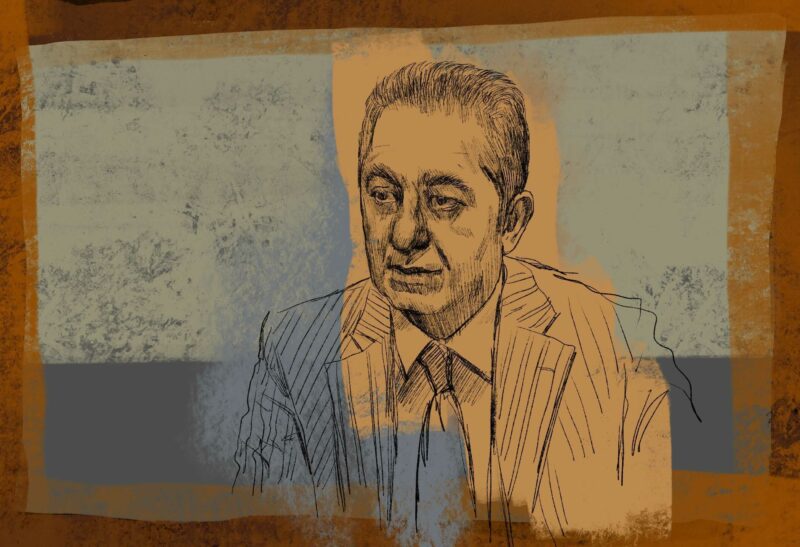Jan 26 Azerbaijan’s $34 billion sovereign wealth fund means the energy-rich former Soviet republic has significantly stronger anti-crisis defences than its dwindling central bank reserves imply.
But the impregnability of those defences could yet be tested as global oil prices show no sign of staging a lasting recovery from multi-year lows under $30 a barrel.
Azerbaijan let its manat currency float in late December, triggering losses of around a third against the dollar, after burning through $9 billion of its official reserves in 2015 to defend a currency peg.
This month, with reserves standing at around $5 billion and protests against rising prices, it imposed restrictions on converting currency.
It also started dollar sales from its state oil fund, called SOFAZ, as an emergency measure. Ratings agencies cite the fund as a key source of foreign currency at a time of crisis.
“Azerbaijan’s buffers are currently sufficient to defend the manat at its new level, if the government uses the assets of the State Oil Fund of Azerbaijan to do so,” said Krisjanis Krustins, associate director of the sovereign group at Fitch Ratings.
If Azerbaijan were to keep selling foreign currency from its central bank reserves and SOFAZ at the same average pace as it had since June 2014, roughly when oil prices started their steep descent, then reserves would run out in around three and a half years.
Financial policymakers have stated since floating the manat their intention to preserve forex reserves, slowing depletion.
BUYING TIME
SOFAZ was set up in 1999 to manage oil and gas revenues but its expansion took off only after 2007, when assets totalled only $2.5 billion.
As of Dec. 1, SOFAZ had $33.6 billion in assets, down from $37.1 billion at the end of 2014. The Dec. 1 figure equates to almost 100 percent of 2015 gross domestic product (GDP) following the slump in the manat, Reuters calculations based on official GDP data show.
“SOFAZ can quickly liquidate parts of its portfolio to meet urgent fiscal or foreign exchange needs,” Krustins of Fitch Ratings said. Moody’s also cited SOFAZ as an important buffer at its last ratings review in December.
Its investment guidelines from its 2014 annual report are conservative, stating that over 80 percent of assets should be invested in fixed income and under 10 percent in equities. But it also supports state infrastructure projects such as a rail link with Georgia and Turkey, as well as social projects.
RISING PRESSURE
Much like Azeri government revenues, three-quarters of which are accounted for by energy sales, SOFAZ derives the lion’s share of its annual income from oil and gas.
Benchmark Brent crude oil is currently near $30 a barrel, down around 75 percent from its June 2014 level of $115.
SOFAZ’s assets are likely to fall for a second year in a row in 2016.
Standard and Poor’s is the next of the “big three” ratings agencies to review Azerbaijan, on Friday, Jan. 29.
“It seems likely Azerbaijan will lose its investment grade status this year on the deteriorating outlook for oil and the weak state of key trading parties,” Nomura strategist Timothy Ash said, adding that Azeri authorities spent too long defending the manat’s currency peg. (Reporting by Alexander Winning, editing by Jason Bush and Ralph Boulton)
(reuters)



